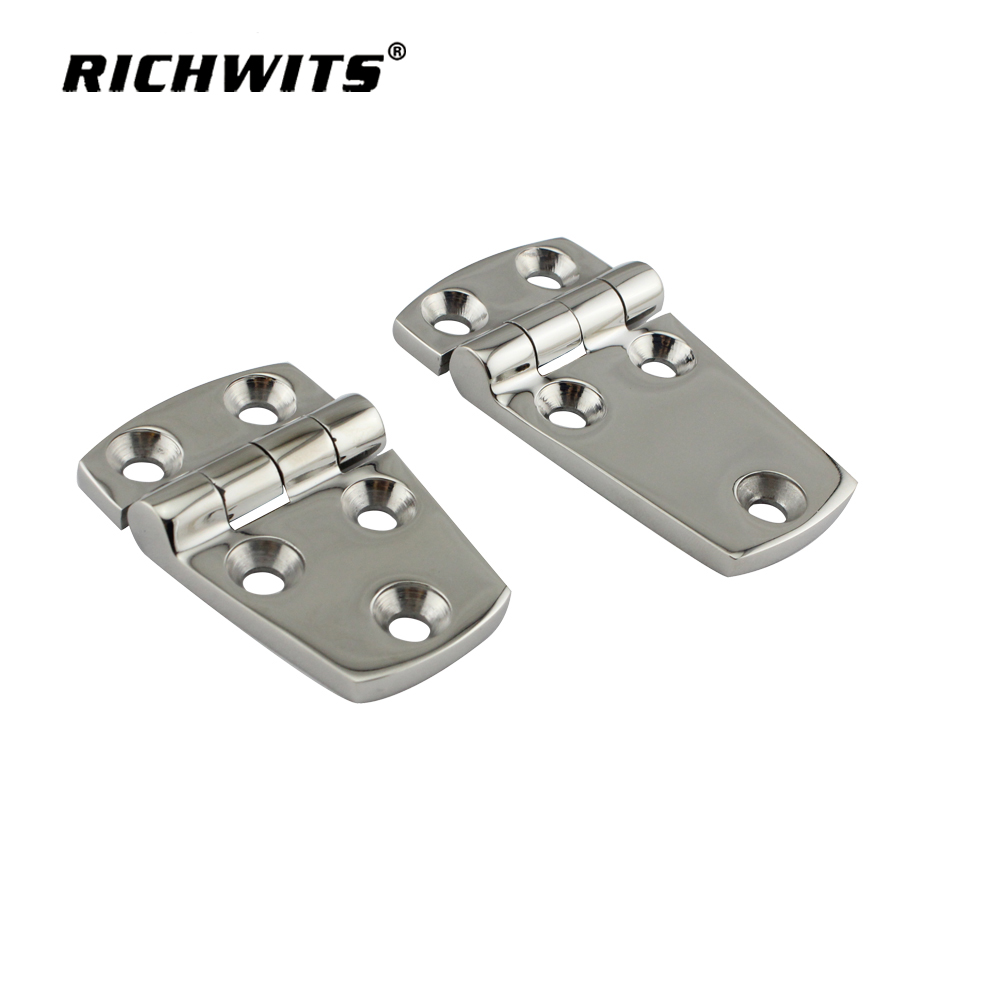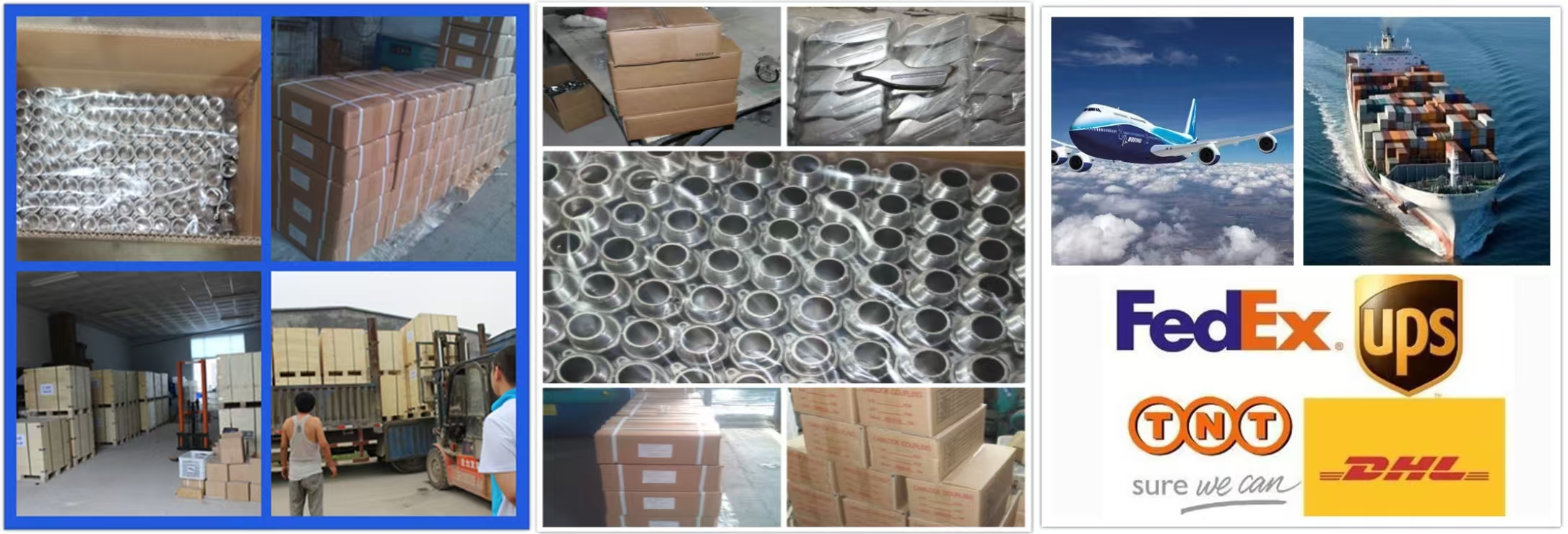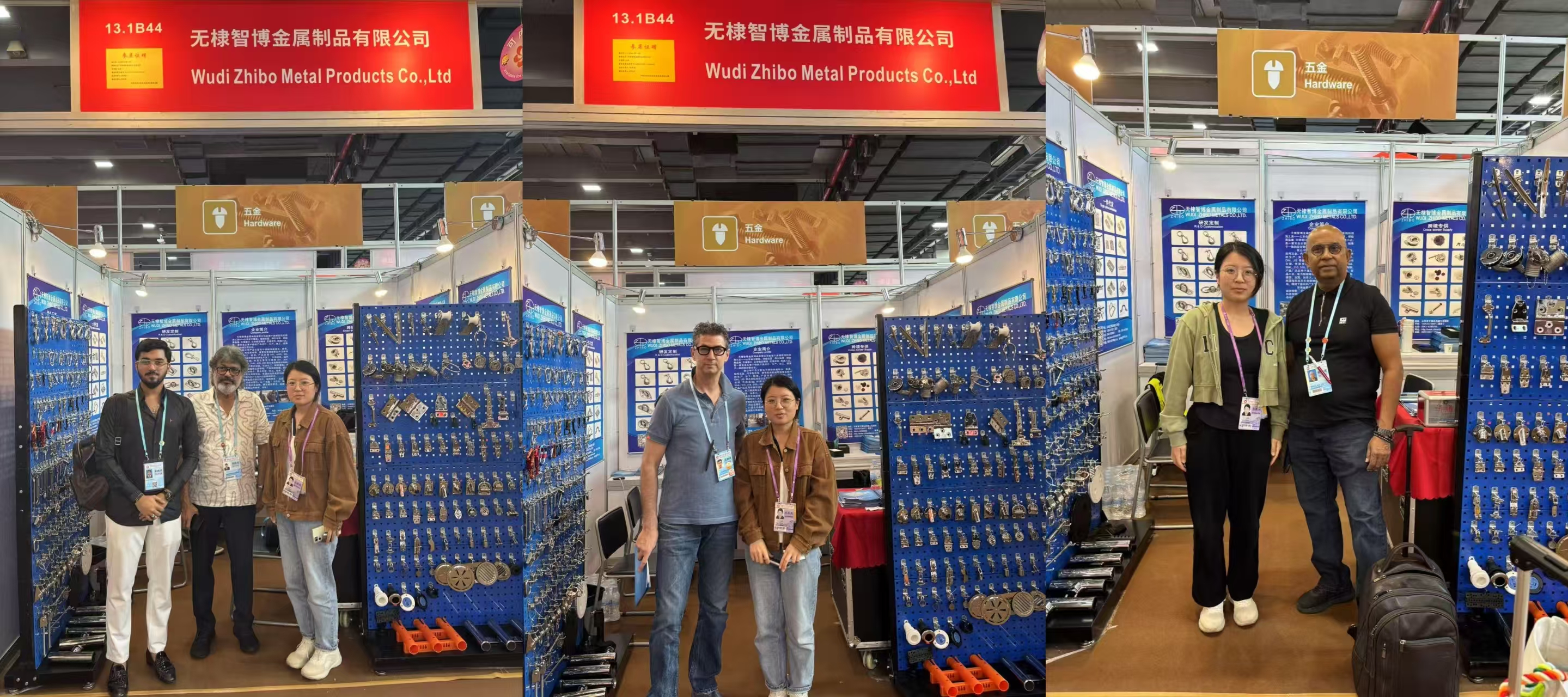Marine Hardware SS316 Polish Door Butt Hinge
* Marine hinges stainless steel, 316 marine grade
* Stainless steel boat hinges, Dimension size: 38* 57mm,38*70mm
Constructed of corrosion resistant cast 316 stainless steel ,these butt hinges are designed to withstand the harsh marine environment. Consisting of two rectangular leaves that attach to the abutting surfaces of a door and door jamb they are usually mortised in and are joined together by a hinge pin.
Installs with four #10 FH fasteners (not included).


Product Name
| Marine Hardware SS316 Polish Door Butt Hinge |
| Technique | investment casting |
Packing
| bubble bag + carton |
| Material | SS316 |
| Lead time | 2-25 days. |


1.
What does "SWL" mean on hardware?
Safe Working Load.It indicates the maximum load the equipment can safely handle. Never exceed it.
2.
Where can I find marine hardware?
At marine chandleries (specialized stores), boatyards, or online retailers specializing in marine supplies.
3.
Who are we?
We are Wudi Zhibo Metals Limited Company
Our company owns an investment castings foundry and a machining shop. We can do casting , machining and polishing.We are real factory !

































